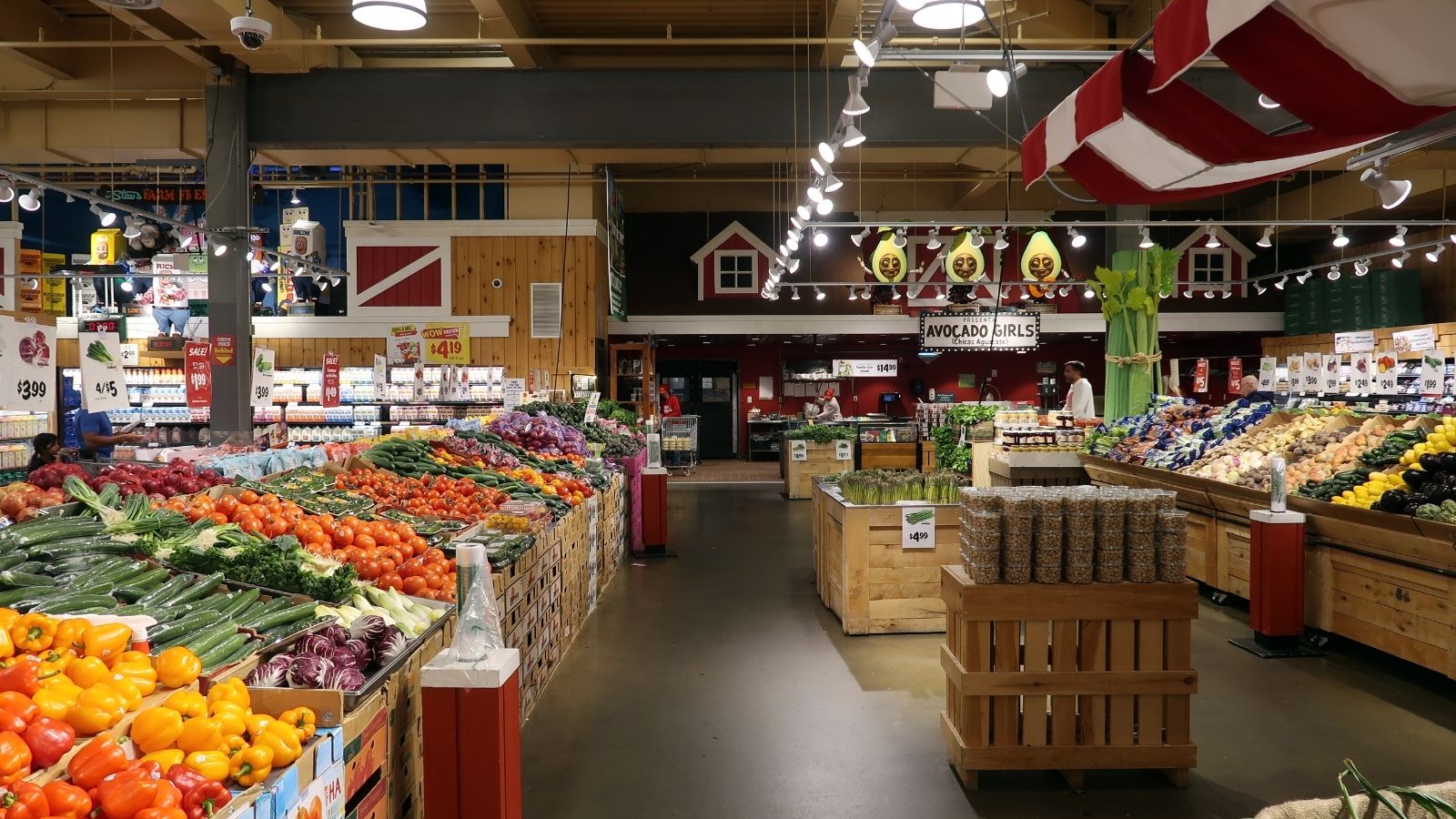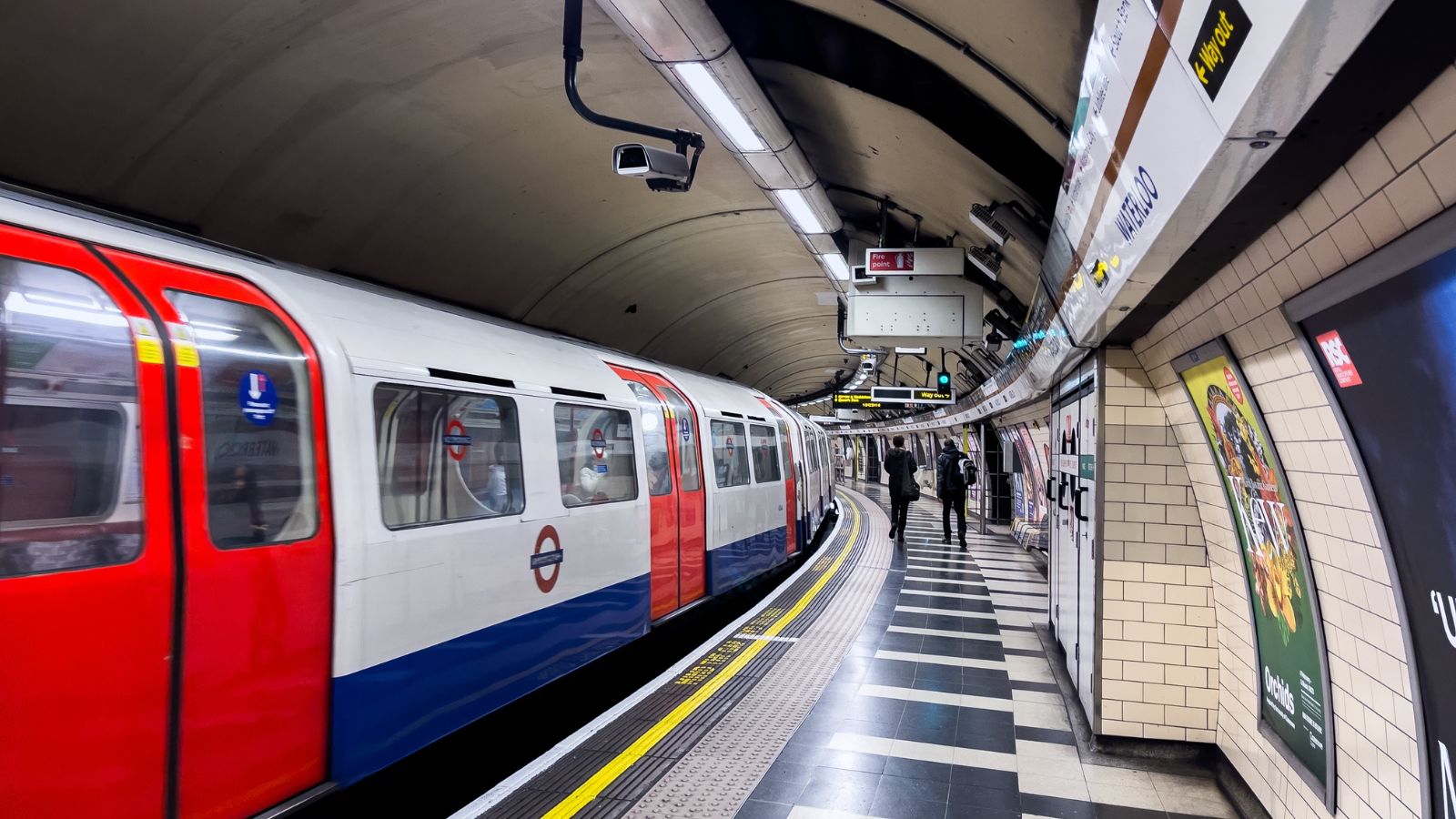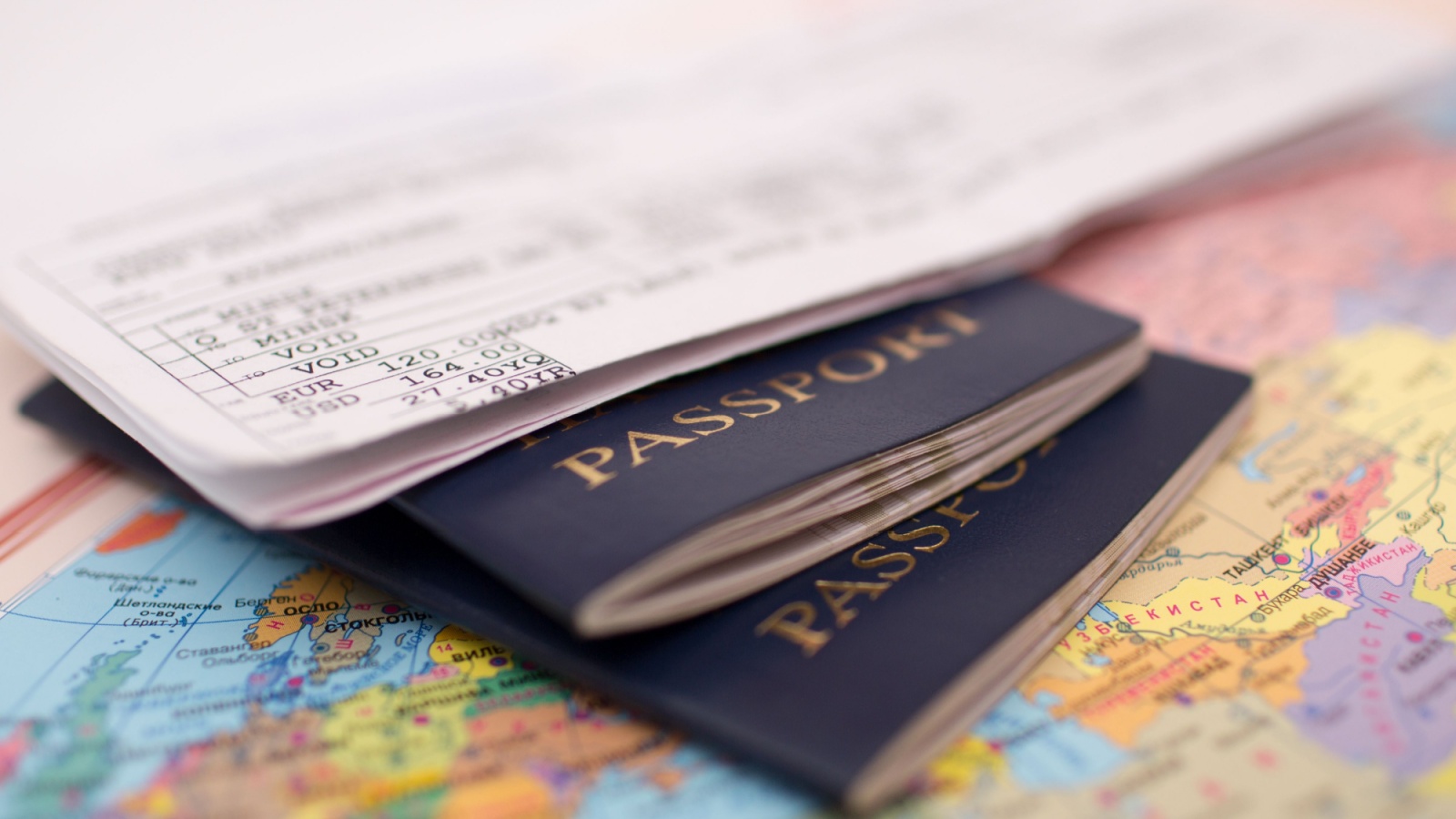When people think of poverty, they often picture something extreme: No food, no home, no job. Yet in Canada, the definition of poverty is much more complex and, frankly, much closer to the average person’s reality than most realize. The “hidden” poverty line doesn’t always scream desperation; instead, it quietly reveals itself in missed savings contributions, late bill payments, or the anxiety of living paycheque to paycheque. Here are 16 detailed points that detail Canada’s hidden poverty line.
The Rising Cost of Housing

The most immediate factor nudging households toward the poverty line is housing. Average rent in major cities like Toronto and Vancouver now exceeds $2,500 for a one-bedroom, and homeownership requires an income that far surpasses the national median. Even in smaller cities, rental prices are climbing at double-digit rates annually. Spending 30% or more of one’s income on housing is considered “shelter poverty,” but many families are at 40% or even 50%. That leaves little room for savings, emergencies, or even groceries. Housing insecurity isn’t just about homelessness; it’s about being one rent increase away from financial collapse.
Food Inflation Shrinking Paycheques

Food prices have soared at a rate higher than overall inflation. Groceries such as fresh produce, dairy, and meat, have become significantly costlier, prompting households to adjust their shopping habits by choosing cheaper, yet less nutritious, options. The average family of four now spends nearly $16,000 a year on food. That might not look like poverty at first glance, but when food takes up an increasing share of income, it crowds out other essentials. The inability to eat healthily and consistently is a major marker of hidden poverty. Even middle-income earners find themselves cutting coupons or skipping meals to make budgets work.
Stagnant Wages Against Rising Expenses

Income growth has not kept pace with inflation. While wages inch up modestly, costs for housing, utilities, and essentials climb much faster. A person earning $50,000 today has significantly less purchasing power compared to a decade ago. This gap erodes financial security and increases reliance on credit. The hidden poverty line isn’t about earning too little, it’s about the fact that what once was considered a comfortable salary no longer stretches far enough. For many, their income is adequate on paper, but after fixed costs, there’s barely enough left to cover unexpected expenses or savings.
Debt as a Daily Lifeline

Household debt in Canada is among the highest in the developed world, with the average family owing $1.80 for every dollar earned. Credit cards, payday loans, and lines of credit become lifelines for essentials rather than luxuries. Living off credit can disguise financial vulnerability, but it creates a dangerous cycle where minimum payments eat away at income. Debt dependence isn’t always about reckless spending; often, it’s about plugging gaps between rising costs and stagnant wages. The reliance on debt indicates how close many households are to slipping under the poverty threshold without realizing it until a crisis hits.
Healthcare Costs Beyond What’s Covered

Universal healthcare is often seen as a Canadian safety net, but many expenses fall outside the system—dental, vision, prescriptions, and mental health support are all largely out-of-pocket. Employer benefit plans cover some, but not all, and gig workers or contract employees often have none. A dental emergency or regular medication can easily tip someone from stable to struggling. Paying hundreds monthly for prescriptions or therapy sessions can quietly erode disposable income. The hidden poverty line emerges when individuals forgo treatments not because they don’t need them, but because they simply can’t afford the bill.
Childcare as a Financial Strain

For families with young children, childcare is a massive expense. Despite government promises of $10-a-day childcare, actual access is limited due to waitlists and uneven implementation across provinces. In reality, parents often pay $1,000 to $2,000 per child per month. This pushes many families into financial precarity, especially if both parents need to work. The cost of childcare often forces families to delay career opportunities or sacrifice savings. The poverty line isn’t just about earning less; it’s also about how expenses like childcare consume an outsized share of household budgets, leaving little left for anything else.
Transportation Costs Eating Budgets

Cars are increasingly expensive to buy, insure, fuel, and maintain. Public transit, while cheaper, is not always a viable option in suburban or rural areas. For many, car ownership is not a luxury but a necessity to access work and services. Insurance premiums, now averaging over $1,500 annually in provinces like Ontario, coupled with rising fuel costs, quickly drain disposable income. Transportation costs creep into poverty calculations when households spend more on commuting than on savings or recreation. Financial stability weakens when simply getting to work leaves you strapped for cash at the end of the month.
Savings and Retirement Insecurity

The poverty line is often hidden in the absence of savings. Nearly half of Canadians report living paycheque to paycheque, with little or no emergency fund. Retirement contributions are frequently postponed, leaving people vulnerable in later years. The inability to save for future goals is a clear marker of economic insecurity. While individuals may not be officially classified as “poor,” their long-term outlook reveals fragility. Being one job loss or medical bill away from financial distress shows how many people hover just above poverty without realizing it until an unexpected event wipes out what little cushion exists.
Energy and Utility Bill Pressures

Heating, electricity, and internet access are essential, not luxuries, yet their rising costs add heavy pressure. In provinces with harsh winters, heating bills can jump to hundreds of dollars per month. Add internet, now practically required for work and education, and the monthly utilities bill often eats into household budgets. Energy poverty is when families spend a disproportionate share of income on basic utilities, and it’s increasingly common. Even if housing and food are covered, the inability to manage energy costs without cutting elsewhere places households on the hidden poverty line. Skipping payments quickly spirals into instability.
Precarious Employment and Gig Work

Stable, full-time employment with benefits is no longer the norm for many. Gig work, contract jobs, and part-time roles dominate sectors like retail, food service, and delivery. These jobs may provide income but often lack security, health benefits, or pensions. Irregular hours and fluctuating wages make budgeting unpredictable. While gig workers may appear financially active, the instability beneath the surface places them dangerously close to poverty. Without consistent pay, planning for the future or handling emergencies becomes nearly impossible. Precarious employment means many households are one cancelled contract or shift reduction away from financial distress.
Education Debt Lingering Into Adulthood

Student debt continues to weigh down young adults long after graduation. With average balances around $28,000, repayment obligations can last decades. Combined with high rents and rising living costs, graduates often delay milestones like buying a home, starting a family, or saving for retirement. Debt payments reduce disposable income and restrict upward mobility. The presence of a steady income doesn’t eliminate the financial drag of student loans. For many, their degree helped them secure work, but the cost of paying for it keeps them hovering near the poverty line well into their thirties and forties.
Regional Inequalities in Living Costs

The hidden poverty line isn’t uniform across the country. In cities like Vancouver or Toronto, the income required to cover basic expenses far exceeds the national average. Meanwhile, smaller towns might appear more affordable, but lack job opportunities, forcing residents into low-wage or seasonal work. Northern communities face unique pressures, with food and goods often priced two to three times higher than in southern cities due to transportation costs. These regional disparities mean that poverty is shaped not just by income, but by location. Where you live can determine how close you are to financial insecurity.
Immigration and Financial Barriers

Newcomers face unique financial challenges. Many arrive with professional skills but struggle with recognition of foreign credentials, pushing them into lower-paying jobs. They may also lack established credit histories, making it harder to secure affordable housing or loans. Combined with resettlement costs and obligations to support family abroad, immigrants often find themselves on the edge of poverty despite working full-time. The difficulty of navigating unfamiliar systems compounds the problem. Hidden poverty here doesn’t always mean unemployment; it means underemployment, where skilled professionals are unable to use their expertise to earn the income they should fully.
Indigenous Communities and Systemic Gaps

Indigenous peoples in Canada disproportionately experience poverty due to systemic inequalities, limited access to resources, and underfunded services. Many communities face inadequate housing, a lack of clean drinking water, and limited healthcare access. Employment opportunities are often scarce, forcing reliance on precarious work or government assistance. The hidden poverty line here is more than financial; it’s tied to historical inequities and ongoing neglect. Even when income is available, the high costs of living in remote areas exacerbate financial struggles.
Mental Health and Financial Strain

Financial insecurity and mental health often feed into each other. Anxiety about bills, debt, and job security can lead to stress-related illnesses, which in turn impact the ability to work or earn consistently. Mental health services, uncovered mainly by public healthcare, add financial burdens. Missing work due to stress or untreated conditions reduces income and increases instability. Hidden poverty isn’t always about numbers—it’s about how financial strain quietly erodes quality of life. The inability to afford therapy or medication highlights how even those above the official poverty threshold can live in precarious financial conditions.
The Disappearance of the Middle Class

The gradual erosion of middle-class security is perhaps the clearest indicator of how close many are to poverty. Once, middle-income families could afford homes, cars, vacations, and education comfortably. Today, those same incomes are barely enough to manage basic expenses. The distinction between the working poor and the middle class has become increasingly blurred, as rising costs limit lifestyle choices and opportunities. When the middle class can no longer save, invest, or plan confidently, it signals a hidden poverty line creeping upward. This slow disappearance makes poverty less visible but more widespread, affecting those who once felt secure.
21 Products Canadians Should Stockpile Before Tariffs Hit

If trade tensions escalate between Canada and the U.S., everyday essentials can suddenly disappear or skyrocket in price. Products like pantry basics and tech must-haves that depend on are deeply tied to cross-border supply chains and are likely to face various kinds of disruptions
21 Products Canadians Should Stockpile Before Tariffs Hit
